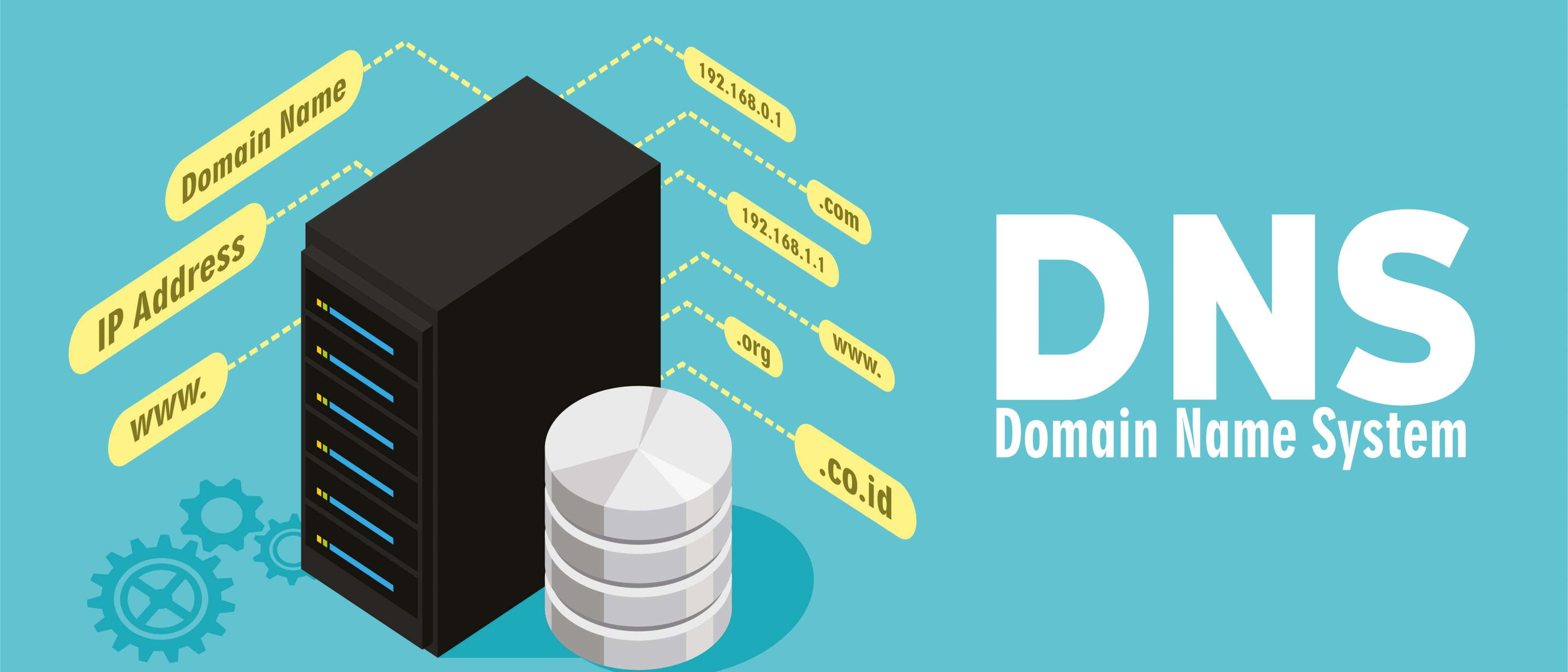
What is DNS?
According to Wikipedia; “The Domain Name System (DNS) is a hierarchical decentralized naming system for computers, services, or any resource connected to the Internet or a private network. It associates various information with domain names assigned to each of the participating entities.”
For those that are not tech savvy, Domain Name Service (DNS) allows internet services and users to put names to things that must be unique around the whole world. The benefit is that you can go to www.yourdomain.com instead of having to type some random string related to it’s Internet Protocol Address (IP). This is used for web sites pages, applications, email, chat services, etc. Due to DNS services, things can be moved to a completely different location without changing their name. Realistically no one ever knows that it’s moved except the DNS servers that manage the “411” for the internet.
Every Domain Name has one set of DNS instructions, called a DNS Zone. This zone is copied around the world in seconds but realistically can take 72 hours for propagation to be complete world-wide. There are thousands of system world wide that replicate this information.
Below are the most commonly utilized DNS settings:
The DNS Zone will hold information about the Name Servers, website, email routing, and various other records.
Record Types
- A Records
A Records are the most basic type of DNS records and are used to point a hostname to an IP address. Most often an A Record refers to the address for a website, but it is used for numerous records pointing a name to a specific IP address. - CNAME Records
CNAME records are also common and used as an alias to point one hostname to another hostname. For example a CNAME is often used to point “www” to the hostname or main domain name, for example: www.yourdomain.com CNAME points to yourdomain.com; then an A Record points yourdomain.com to the correct IP address. CNAME records are often used for redirecting a site to a different url as well such as store.* -> shop.yourdomain.com. - MX Records
Mail Exchanger (MX) records are used to route email messages to the correct email server. MX also include values for Priority, from zero (0) up. - TXT Records
A TXT record is used to store text-based information. Most commonly used for “SPF” records associated with email ownership, but can also be used to verify domain ownership for services such as Google.
These are the most commonly utilized DNS settings, other record types exist and explanations are available online